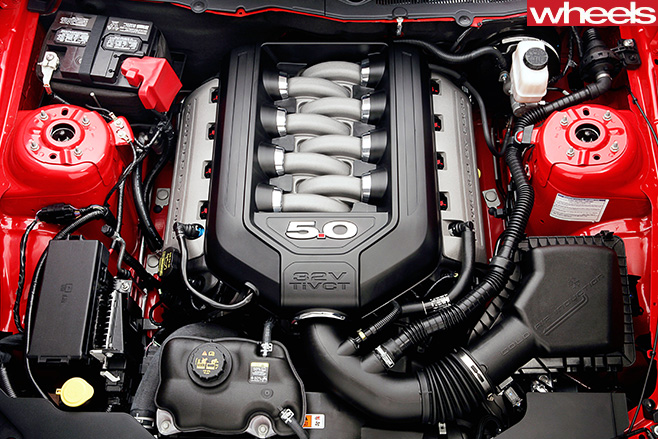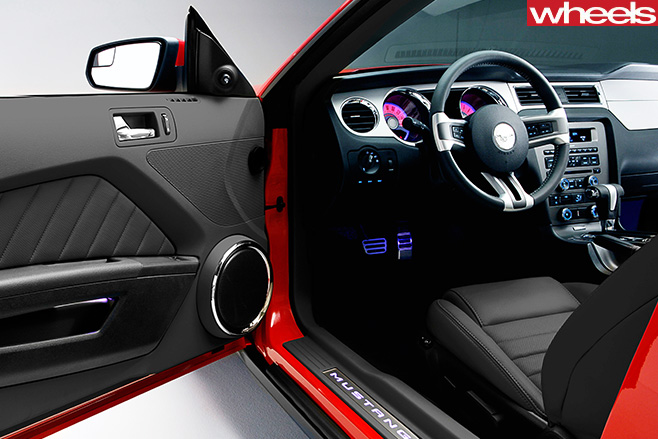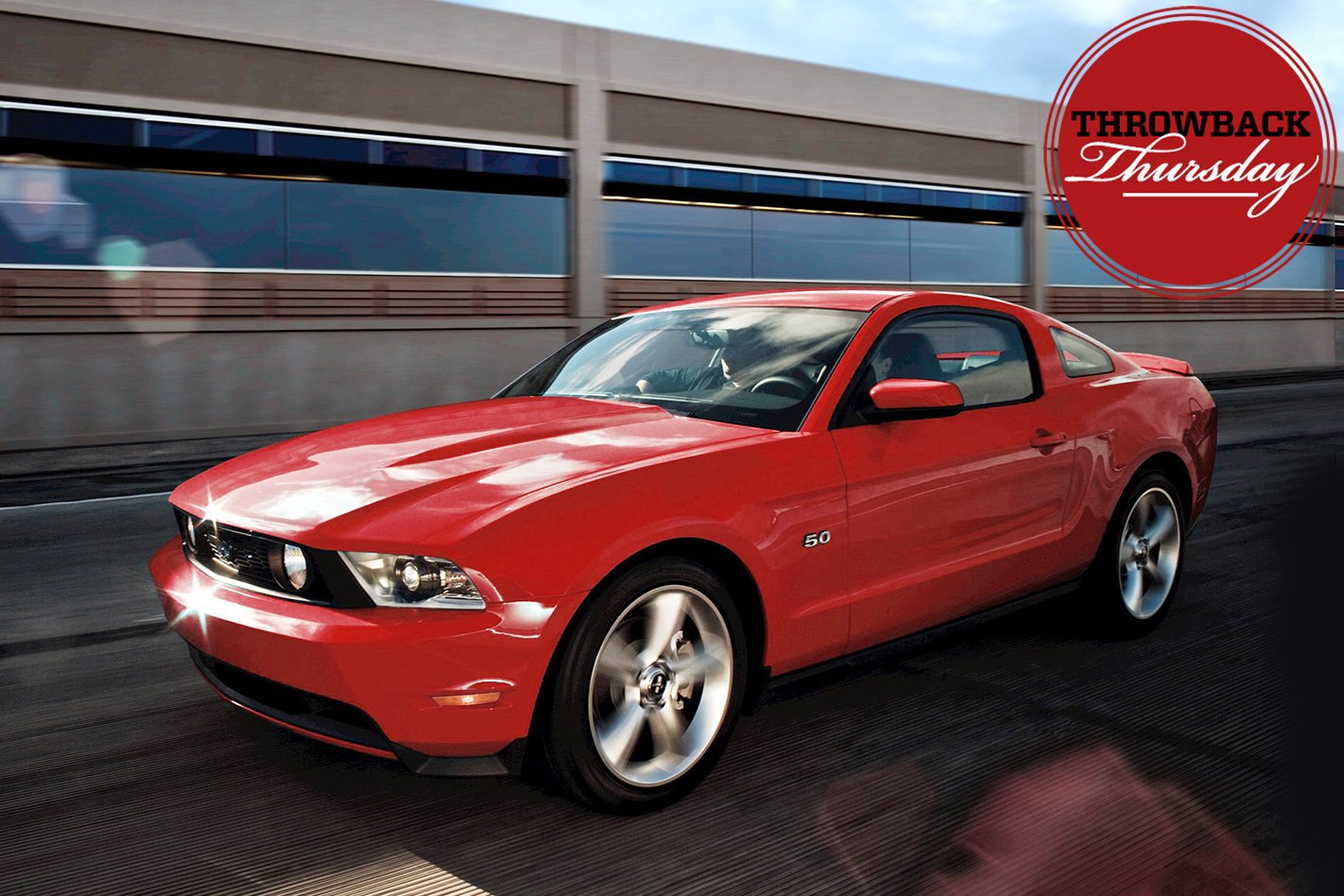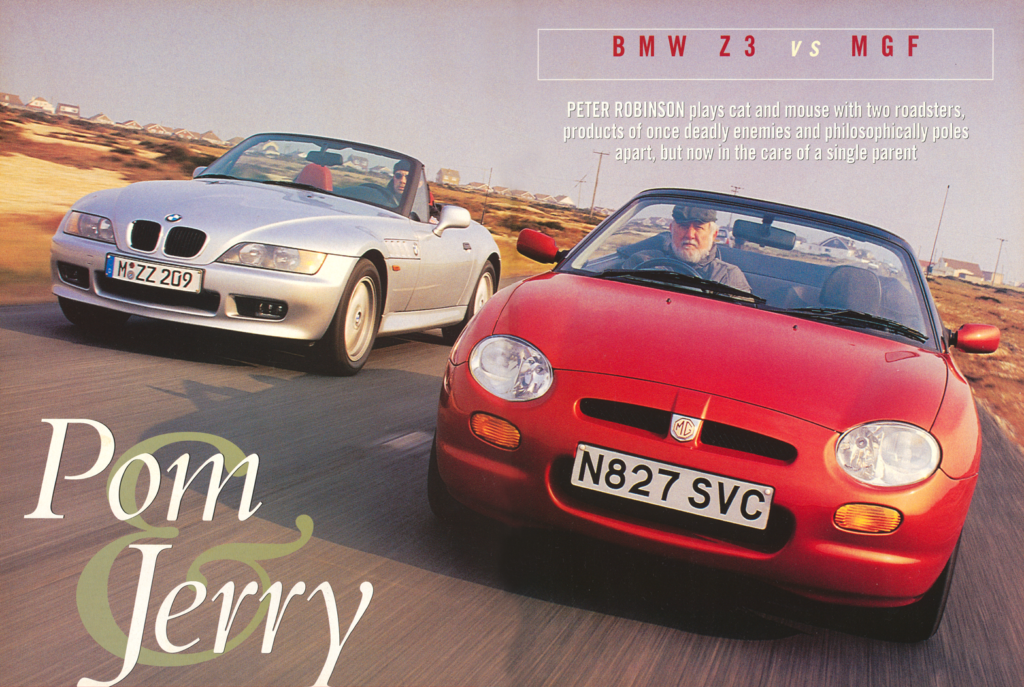Never mind the car; can we have the engine?
First published in the November 2011 issue of Wheels magazine, Australia’s most experienced and most trusted car magazine since 1953.
IS FORD Australia playing funny buggers with us? It’s been more than 12 months since the Falcon XR8 disappeared, its venerable cast-iron-block 5.4-litre V8 unable to keep up with emissions regulations, and there’s still no sign of a replacement.
Most Aussies assumed the Ford Mustang’s naturally-aspirated Coyote V8 would appear in the Falcon, but Ford Oz dogmatically declined to confirm or deny this. Fast-forward to mid-2011 and Ford marketing boss David Katich hints that the XR8 could be set for a return. That’s great and all, but the time for words has passed. Australia has only so much patience for a company that killed off the V8 once already.

With many kays in FPV’s blown Coyotes under our belts, we wondered what a naturally-aspirated version would drive like. Well, it was worth the wait: the engine is an absolute cracker.
Raw, powerful and full of presence – its vigorous, free-revving nature alone makes you smile. It gets going without hesitation, accelerating hard from standstill since there’s no Eaton supercharger to spool up. Mid-range pull is strong, and refuses to tail off as the revs near the engine’s 7000rpm limit. There’s an immediacy of throttle response that puts Australia’s force-fed FPVs to shame, and makes playing with rear-wheel traction an intimate affair. The engine note is equally as good; deep and gravelly yet with that metallic overtone that sends sound level meters rocketing past Australia’s strict 88dB limit.

Would the Boss 302’s visceral aggression translate to the Falcon? It’s an interesting question. The 1620kg Mustang is almost 200kg lighter, and
US noise regulations are less strict, so the engine’s adrenaline peaks would be blunted. But there’s more than enough exhilaration to survive the translation.
Boss 302

50 not out
The original pony car turns 50 in 2014, around the same time the sixth-generation Mustang is due. Ford Australia’s best chance of retaining a rear-drive Falcon beyond 2015 is to leverage the next Mustang’s architecture.
Whirled heritage
Mustang heritage cues still run strong. Pony logo on wheel boss; no surprise there. Alloy pedals optional, together with leather, heated seats and dual-zone air-con. Sat-nav system courtesy of Microsoft, so defies logic.
SPECS Model: 2011 Ford Mustang GT Engine: 4951cc V8, dohc, 32v Max Power: 307kW @ 6500rpm Max Torque: 530Nm @ 4250rpm Transmission: 6-speed manual 0-100km/h: 4.6sec (estimated) Price: US$32,845 (as tested US$38,830)





